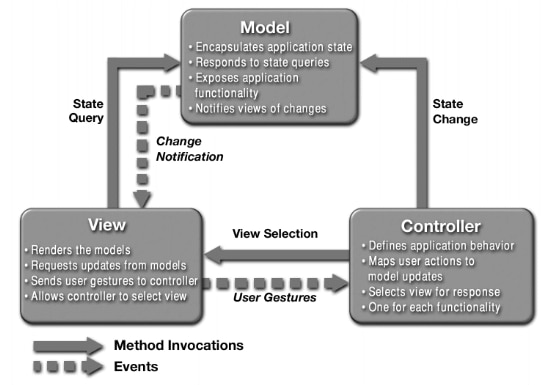In January 2021, I wrote that Event Driven Architecture (EDA) should be "Always Asynchronous." At precisely the same time, I argued that "the concept that we are actually trying to explain when we use the term 'Asynchronous' — within the context of EDA — might be better termed: 'Monologueous Communication'" (where no response is ever required). Nonetheless, 'Asynchronous' remains the dominant term in use today, and it was never certain that 'Monologueous Communication' was a good replacement. As the months have passed, however, I see more and more clearly how using the term 'Asynchronous' represents a major obstacle to our shared comprehension of EDA.
Let me give you an almost unbelievable example that I witnessed from the CTO of the global computing giant AWS at its recent re: Invent Summit in December 2022. Of course, it goes without saying that the CTO of AWS is as well placed as anyone in the world to explain to an ignorant public was 'Asynchronous' actually means, for which reason I find this example so incredibly useful (please do not take it as a pointless exercise in AWS-bashing).



